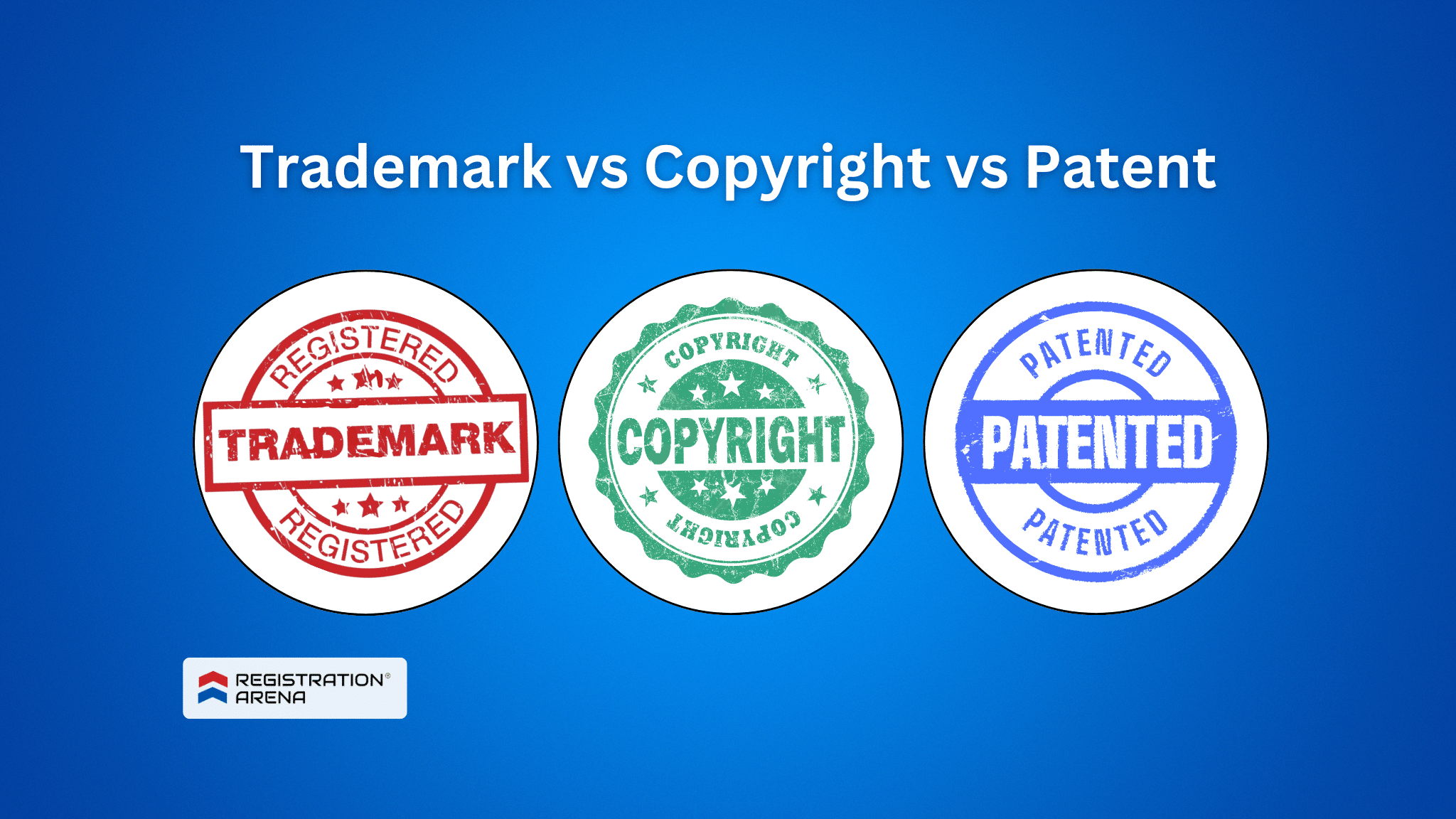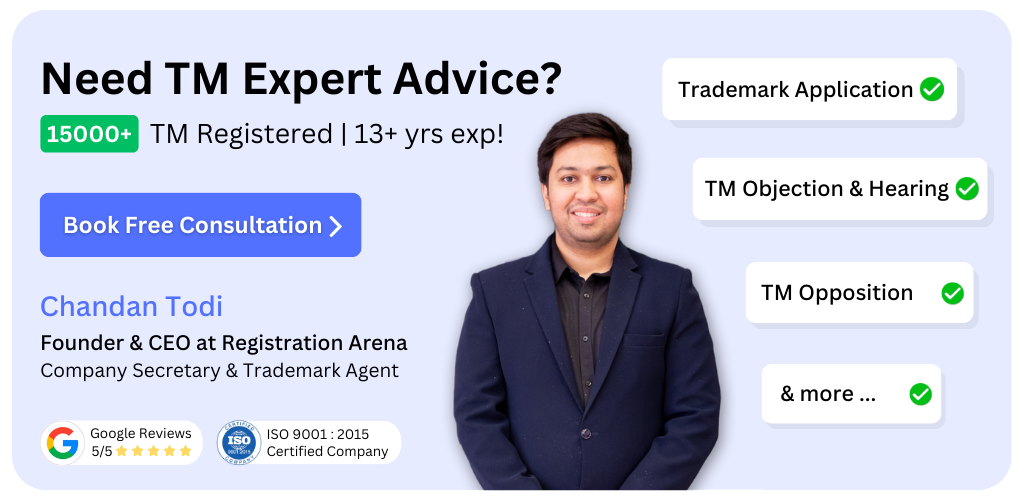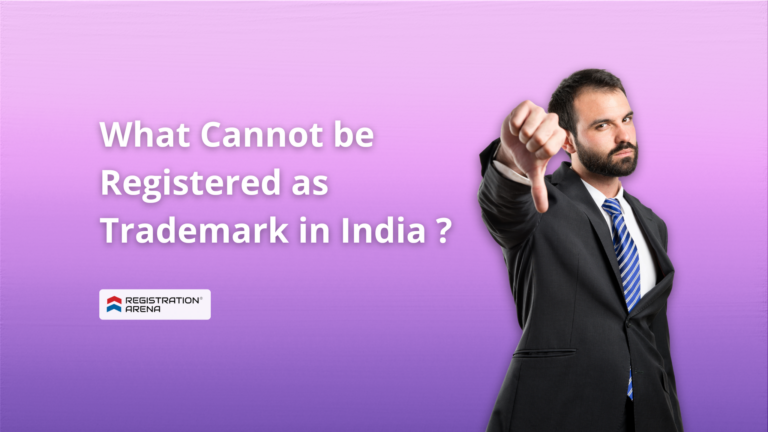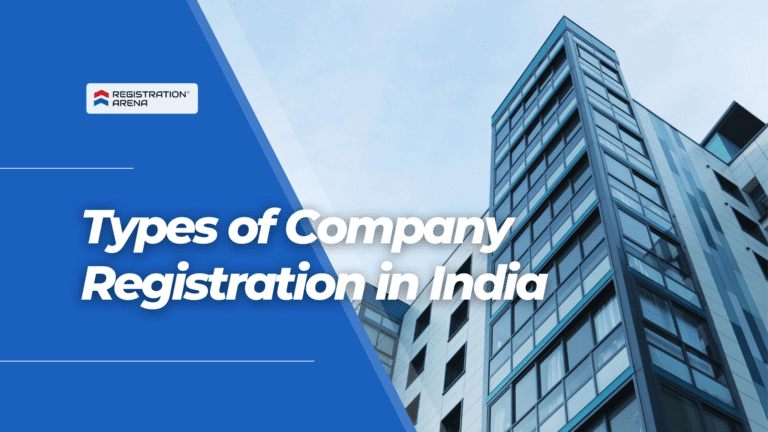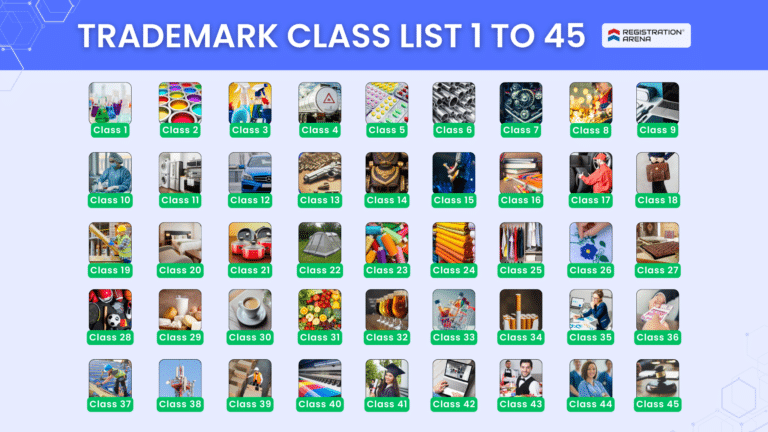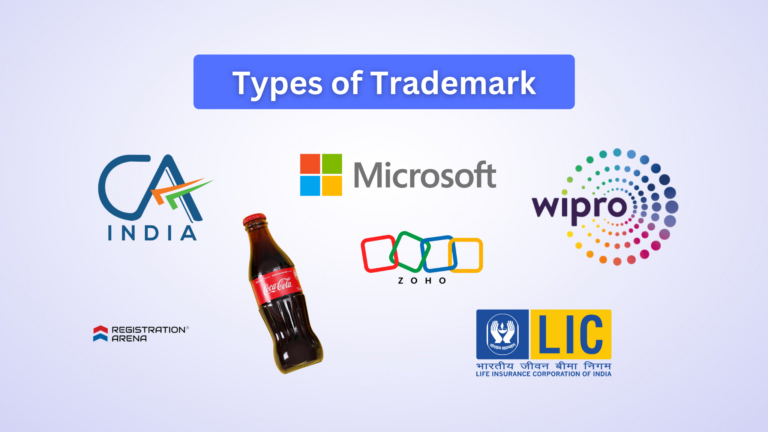Introduction
The term “Intellectual property (IP)” means the creations of the human mind, such as inventions, literary and artistic works, and symbols, names, images, and designs used in commerce. The word “Intellectual” means – Intelligence and the word “Property” means any creation made by the mind using the intellect which that person can claim as his property. These properties are called intangible properties. In simple words, it is related to the human brain applied for any type of creativity and invention.
The concept of intellectual property is quite vast. Though intellectual property can be of various types, we are broadly dividing them into 3 categories. People usually get confused about the Intellectual property rights that are available to them. In this blog, we will understand the difference between Trademark vs. copyright vs. patent.
What is a Trademark?
A trademark is a recognizable sign, design, or expression that identifies products or services of a particular source from those of others. A trademark serves a brand and protects a company’s good or service from infringement or potential damage to its reputation by another company. In India, the Trademark Act, 1999 governs the laws related to Trademarks. The Trademarks Act, 1999 defines a ‘mark’ under Section 2(1) (m) to include device, brand, heading, label, ticket, name, signature, word, letter, numeral, shape of goods, packaging, or combination of colours or any combination thereof.
Further, the word “Trademark” has been defined under Section 2(zb) as a mark with a distinctive character that can be graphically represented and which is capable of distinguishing the goods or services of one person from others and may include shape of goods, their packaging, and combination of colours and covers both goods and services.
It is recommended to register your trademark because it prevents others from infringing your mark and misrepresenting other products as yours. Trademarks help users recognize the brand and improve its value. Anyone who applies for a trademark can use ™ symbol. Once the trademark is registered, one can use the “R” symbol.

Features of Good Trademark
A Trademark to be good and acceptable for registration should have the following attributes:
- It should not be confusing or leading to doubts regarding the nature of the product or service;
- It should be simple, easy to pronounce, spell and read;
- It should be easier for the general public to translate if it’s in another language;
- It should not contain any word, image, or some other part that is offensive to any caste, gender, age, or religion;
- It must not be similar or deceptively identical to an already registered Trademark;
- The mark must be easily adaptable.
Process for Trademark Registration in India
Initial Trademark Search
Before starting with the registration process, a detailed Trademark Search is required to be conducted to ensure that the proposed trademark is unique and does not conflict with existing trademarks. Search can be carried out online through the official website (https://tmrsearch.ipindia.gov.in/tmrpublicsearch/) of the Trademarks Registry.
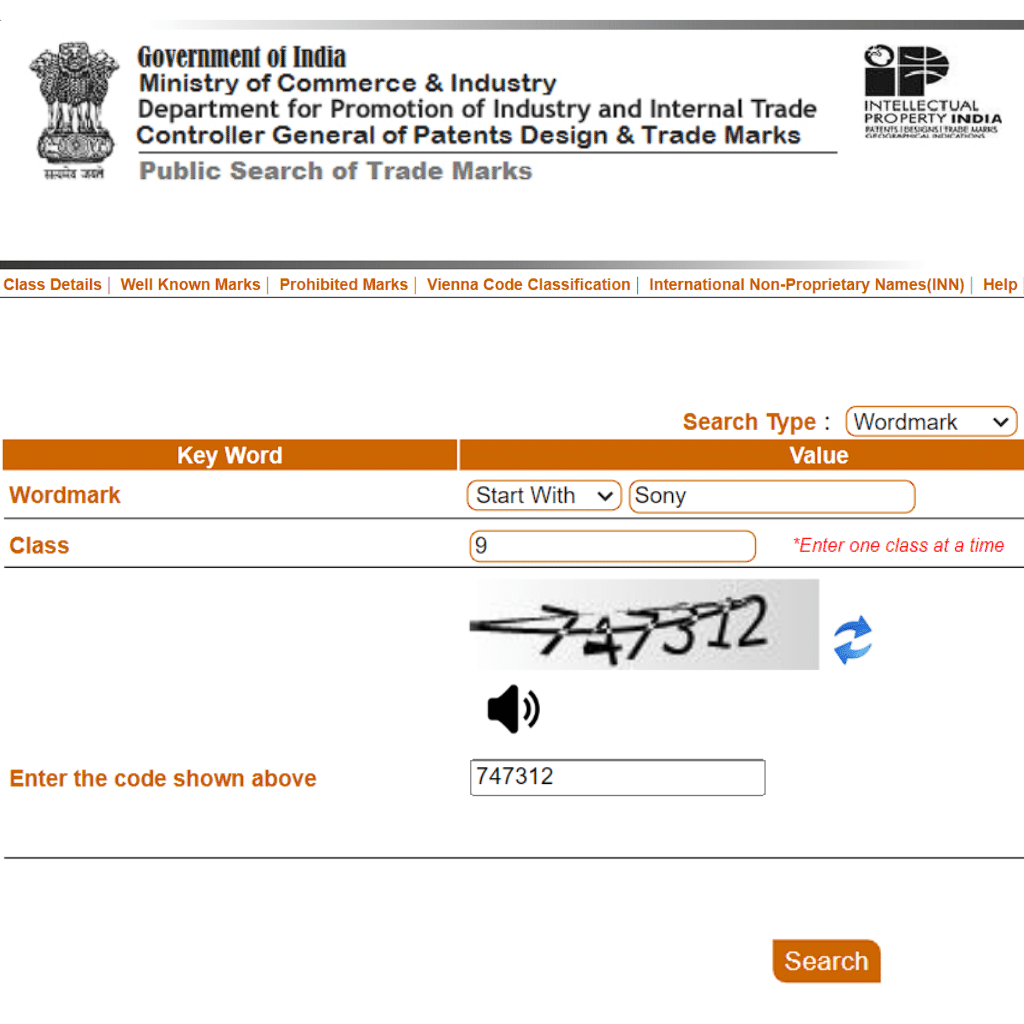
Prepare and Draft the Trademark Application
For preparing and drafting the trademark application form (TM-A), the following information and documents are required to be collated:
- A clear representation of the trademark
- Details of the applicant, including name, address, and nationality
- Description of goods or services associated with the trademark
- Date of first use (if applicable)
- Power of Attorney (if filed through an attorney)
- Digital Signature of the Applicant
The application can be filed online through the official website or a physical application can be submitted at the nearest Trademarks Registry office.
Submit the Application
The trademark application can be submitted online or offline by paying the requisite fees. The fee varies depending on whether you’re an individual, a startup, a small enterprise, or a large corporation.
Examination by the Trademarks Registry
The Trademarks Registry will review the application to ensure it complies with the relevant laws and regulations. They will assess the distinctiveness of the mark, potential conflicts, and other requirements.
Publication in the Trademarks Journal
If the Registrar finds no objections or issues with your application, your trademark will be published in the Trademarks Journal. This publication allows interested parties to oppose the registration within a specific period (usually four months).
Objection and Opposition Period
During the publication period, objections or oppositions can be filed by third parties against the proposed trademark. If an objection is filed, the opportunity to respond shall be granted.
Registration Certificate
If there are no valid objections or if you successfully resolve any objections, the Registrar will issue a Certificate of Registration for the trademark. This certificate confirms your exclusive rights to the mark.
What is Copyright?
A copyright is a type of intellectual property in which a right is given by the law to creators of literary, dramatic, musical, and artistic works and producers of cinematograph films and sound recordings. Thousands of art, music, books, codes, articles, movies, and paintings are created daily; there is a high chance that these works can be copied easily and someone else can take credit for it.
It takes a lot of talent, energy, and resources to come up with creative, new ideas or products, and it is only natural that creators benefit financially from their efforts. Copyright protection has been expanded and extended over numerous decades as a result of legislative changes prompted by national and international events.
It grants the owner the sole right to copy and distribute creative work for a set period of time. The creative work can take the shape of literary, art, education, or music. It is an exclusive right to control the publication, distribution, and adoption of the creative work. E.g. If someone publishes a novel, the author gets a copyright for that novel. The makers of the film have the copyright over the same.

Features of Copyright
1. Copyright provides protection to the creator for its creation.
2. In India, the Copyright Protection Act, 1957 governs the law relating to copyright.
3. Copyright protection is available for a wide range of works, including:
- TV shows, movies, and web videos are examples of audio-visual works.
- Musical compositions and sound recordings
- Lectures, essays, books, and musical compositions are examples of written works.
- Paintings, posters, and ads are examples of visual works.
- Computer applications and video games
- Plays and musicals are examples of dramatic works.
4. The purpose of copyright law is to encourage authors, musicians, artists, and designers to create original works by giving them exclusive rights to use them for monetary gain for a certain time, usually the author’s lifetime plus 50 or 60 years, with some exceptions.
5. Anyone who claims the copyrights can use this symbol. This symbol was introduced in 1955 at the Universal Copyright Convention.
Process for Copyright Registration in India
Copyright Search Report
Before applying for copyright registration, the applicant needs to visit the official website of copyright (https://copyright.gov.in/SearchRoc.aspx) and click “Search Work” to check whether a particular work can be registered or not. Search can be made with the following options:
- Diary Number
- ROC Number
- Applicant
- Title of Work
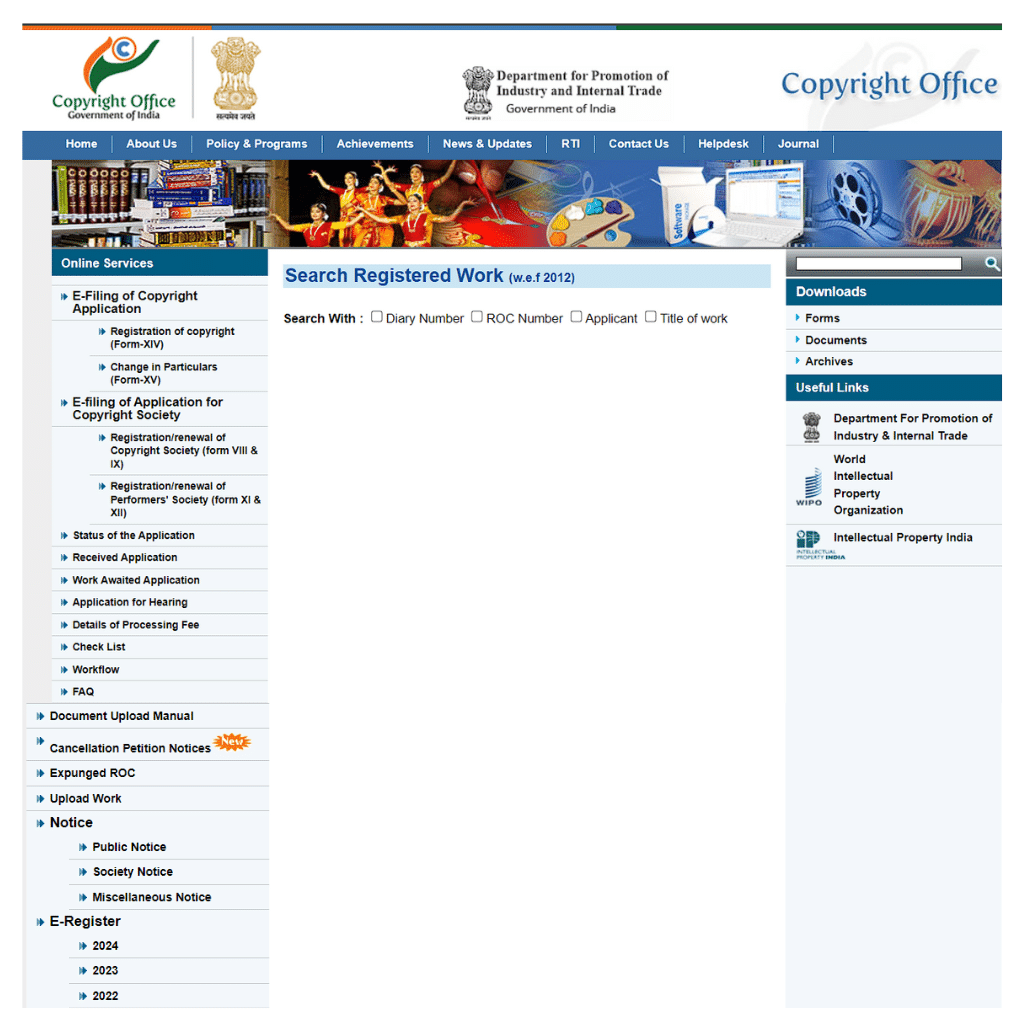
Create the User ID and Password
The applicant is required to create his own User ID and password for login before filing his application form for getting the Copyright registration.
Filing Application Form
The applicant has the option to either directly apply manually to the copyright office or all the way through an e-filing facility that is accessible on the official website i.e. (copyright.gov.in). Here, the copyright applicant can be the owner and can have the exclusive right for his work, he can be an author of the work or an authorized agent. For Copyright Registration, an independent application shall be filed with the registrar together with the details on particulars of the work.
Issuance of Dairy Number
Upon receiving the application, the registrar will issue a Dairy Number, marking the initiation of the copyright registration process. With the diary number, the Applicant can track the status of the application.
Examination of the Work
There is a requirement for a 30-day wait period upon issuance of the diary number for any potential objections to be made. During this time, the copyright examiner reviews the application, and any objections can be made and reviewed during this period.
Copyright Objection Handling
If no objections are raised within 30 days, a scrutinizer will assess the application for any discrepancies. If no differences are found, the registration will proceed, and an extract will be provided to the registrar for entry into the Register of Copyright.
Objection Resolution
If objections are received, both parties will receive a notification from the examiner outlining the objections. A hearing will be arranged to address these objections.
Application Scrutiny
Following the hearing and the resolution of objections, the scrutinizer will meticulously review the application if applicable. Subsequently, they will either approve or reject the application, depending on the specific circumstances.
Copyright Registration Certificate
Once the application is approved, the relevant authority will issue the copyright registration certificate. In the usual course of events, the entire process typically takes approximately 2 to 3 months to complete.
What is Patent?
Inventions arising from the creative work of human beings acquire considerable commercial value, in view of the possibility of their use by large sections of society, not only within the country but worldwide. Patent is one of the ways through which the scientific inventions which have a potential for industrial application are being protected and thus promoted.
Patent is an exclusive monopoly right granted to an applicant/ patentee by the Government for a limited period to practice the invention (manufacture, use, and sale), in lieu of the information (best known method) disclosed to the Government with regard to an invention. The Patent confers right to the patentee to exploit the patent for commercial gains and also to stop others from manufacturing and selling the patented products/ process.
Patent registration helps in limiting competition in the market for commercializing a specific invention. It serves the inventor. A patent ensures that you will be able to profit from your hard work. Patent registration prevents others from infringing on the inventor’s monopoly. When the investor decides to license his product, this right gives him an advantage in royalty negotiations. In general, licensing means that someone else will manufacture and sell the invention in the market, sharing a portion of the royalty with the inventor. Basically, the inventor has a monopoly over Selling, Using, Creating, Distributing, Importing, and Exporting their invention.
Features of Patent
1. A patent is an exclusive right granted by the state for an invention that is new, involves an inventive step, and is capable of industrial application.
2. In return for that right the applicant must disclose the invention to the public.
3. It gives the owner the right to exclude others for using the invention.
4. In India, the law relating to Patents is contained in the Patents Act, 1970. This Act has been amended in the years 1995, 1999, 2002, and 2005 respectively
5. It is granted by a patent office and valid from the date of grant for 20 years assuming maintenance fees are paid
6. An invention, in general, means a new discovery, relating to a product (machine) or process, even to an existing module or idea. Any product (e.g. device, machine, composition) or process (used for preparing a tangible product), is patentable only if the product or process is:
- new (novel)
- involving an inventive step (non-obvious) and is
- of industrial use (useful)
7. The importance of Patents has increased tremendously over the last few decades which is evident from the fact that every company is now creating its own strong Patent portfolio.
8. The true and first inventor of the invention i.e. natural person, other persons can be assignee or joint applicant and assignee of true and first invention i.e. applicant who is in possession of the invention can apply for a patent.

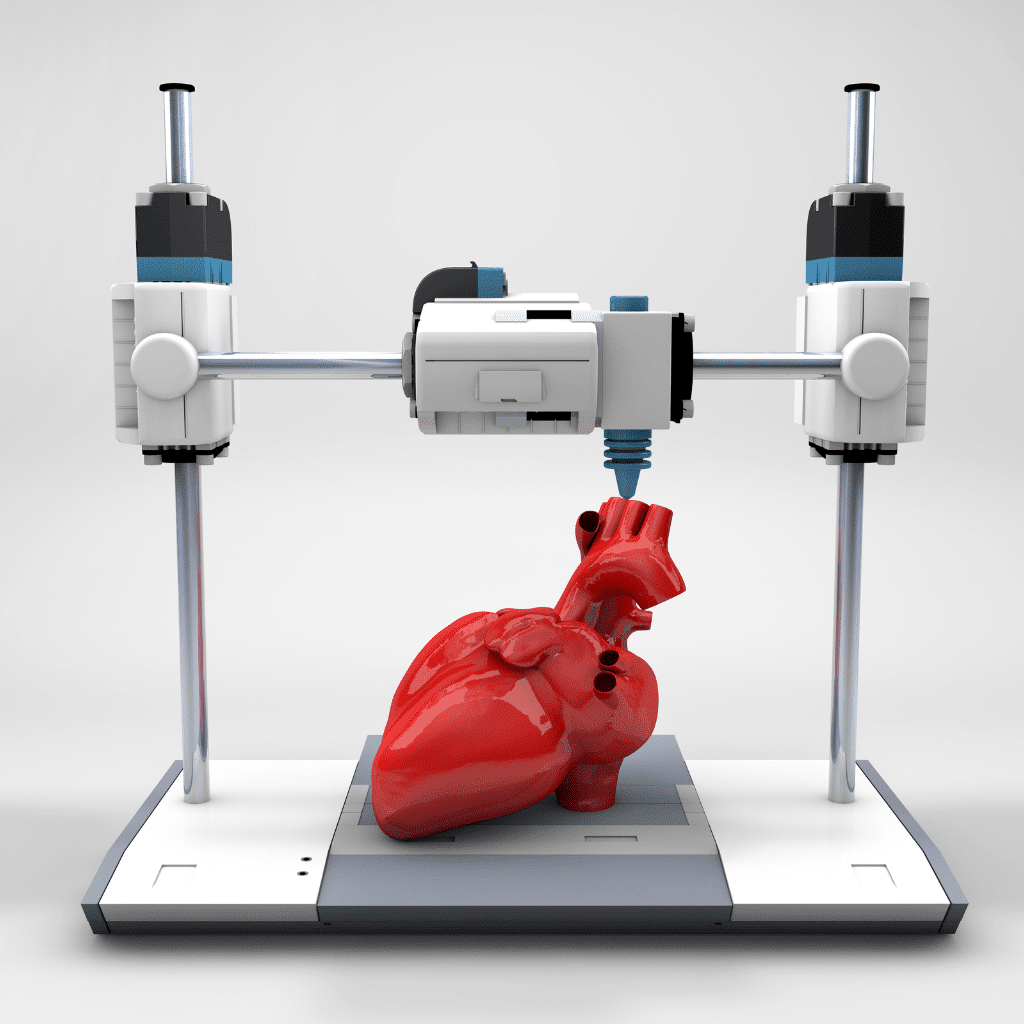
Process for Patent Registration in India
Prior Art Search
Before applying for patent registration, the applicant needs to visit the official website of Patent (https://iprsearch.ipindia.gov.in/publicsearch) and click “Patent Search” to conduct a prior art search which checks patent and non-patent literature, including technical and scientific journals, textbooks, conference proceedings, theses, websites, company brochures, etc to see if there is anything already published that would make the invention not novel and therefore unpatentable.
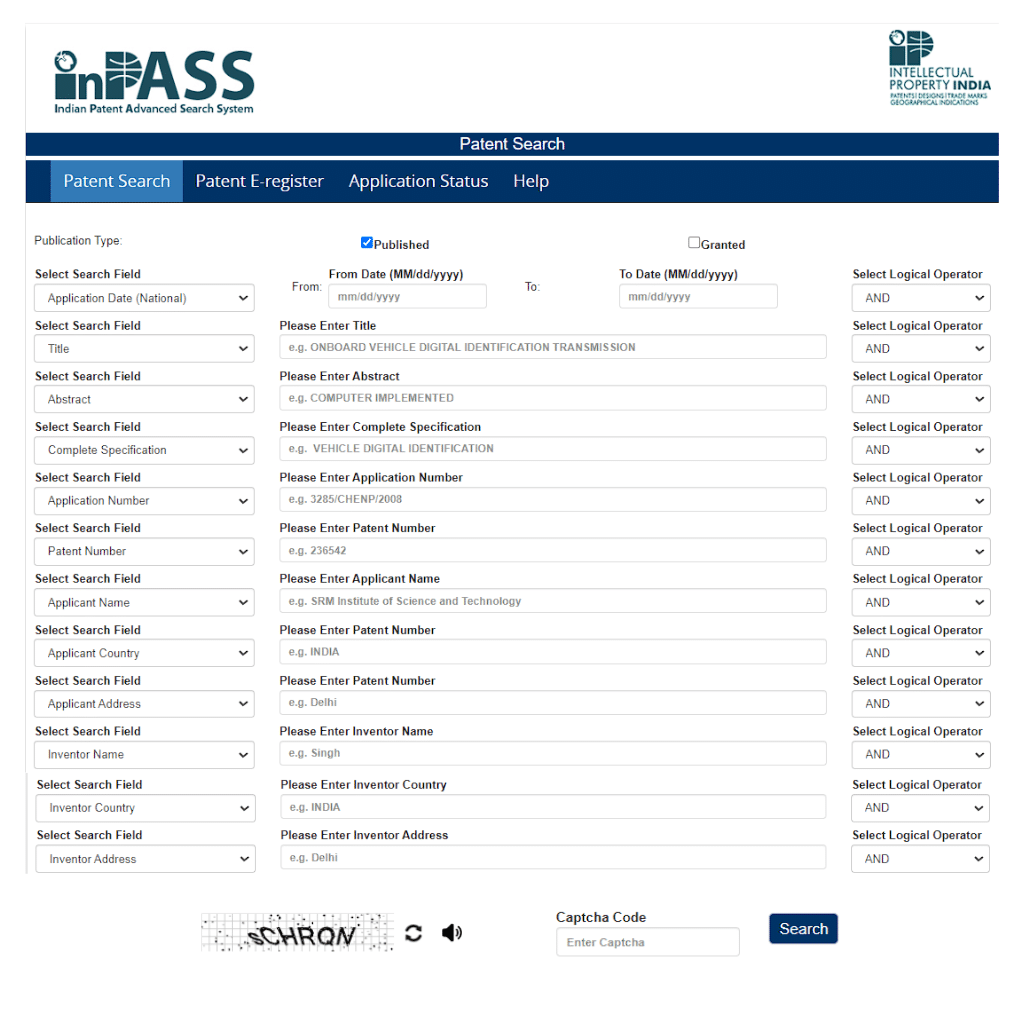
Filing Application Form
A patent application shall be filed in Form-1 along with Provisional / Complete Specification with one of the patent offices based on the territorial jurisdiction of the place of office or residence of the applicant /agent by paying the required fee. Information concerning the application form and details of fees can be checked here. Guidelines for applicants are also available on this website.
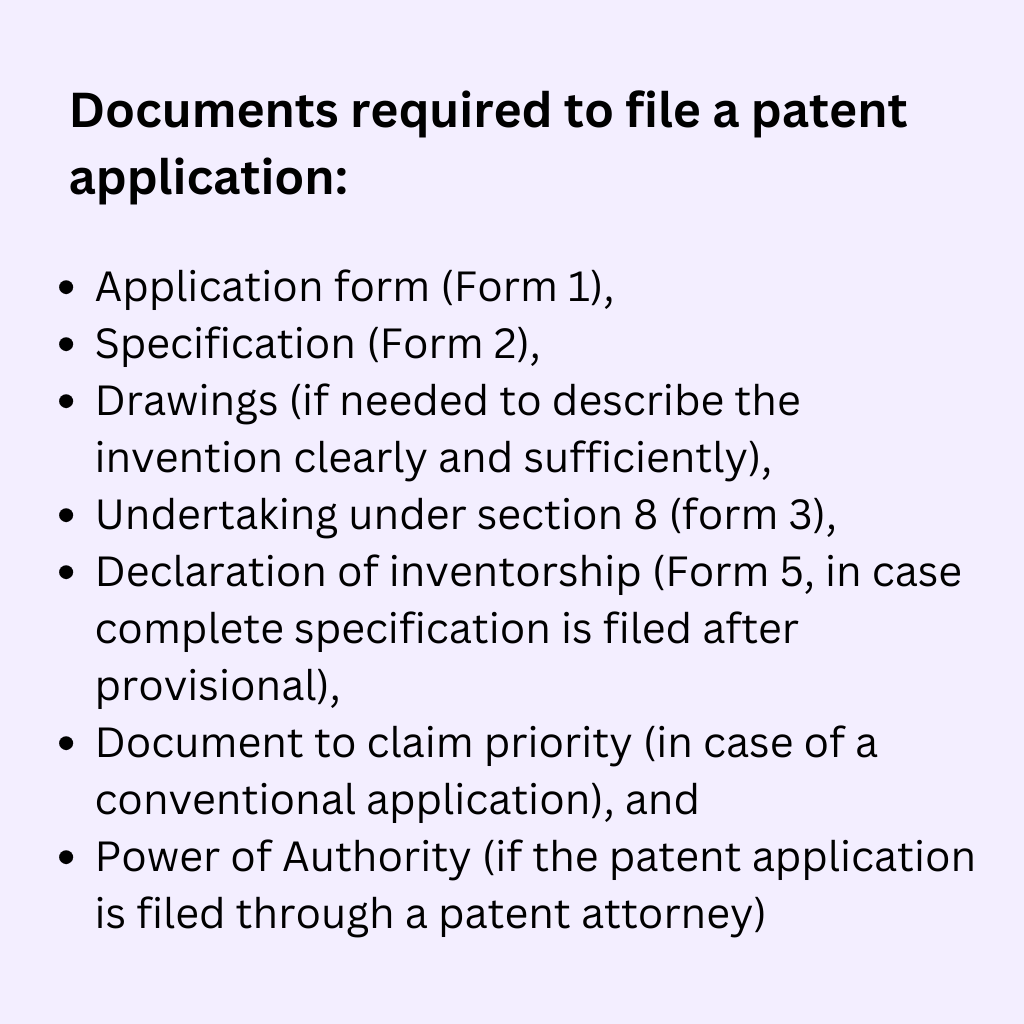
Formality Check
Upon receiving the application, the registrar will issue a Dairy Number, marking the initiation of the copyright registration process. With the diary number, the Applicant can track the status of the application.
Request for Examination
Application is examined on request. Request for examination can be made either by the applicant or by a third party. A period of 48 months, from the date of filing, is available for making requests for examination.
Examination
Application is sent to an Examiner within one month from the date of request for examination. The examiner undertakes an examination with respect to whether the claimed invention is not prohibited for grant of a patent and whether the invention meets the criteria of patentability.
Issue of First Examination Report (FER)
A period of 1 to 3 months is available for the Examiner to submit the report to the Controller
1 month’s time is available to the Controller to vet the Examiner’s report. The First Examination Report (FER) containing the gist of the objections is issued within 6 months from the date of filing of request.
If objections are received, both parties will receive a notification from the examiner outlining the objections. A hearing will be arranged to address these objections.
Response from the Applicant
12 months’ time, from the date of issue of FER, is available to the applicant to meet the objections If objections are met, a grant of patent is approved by the Controller – within a period of 1 month.
Pre-grant Opposition
After publication, an opposition can be filed within a period of 6 months. The opportunity of hearing the opponent is also available.
Examination of Pre-grant Opposition
Opposition (documents) is sent to the applicant. A period of 3 months is allowed for receipt of response.
Consideration of Pre-grant Opposition
After examining the opposition and the submissions made during the hearing, the Controller may either reject the opposition and grant the patent or accept the opposition and modify/reject the patent application. This is to be done within a period of 1 month from the date of completion of opposition proceedings.
Grant of Patent
A certificate of patent is issued within 7 days. The grant of the patent is published in the official journal.
Difference between Trademark vs Copyright vs Patent
Particulars | Trademark | Copyright | Patent |
Protection | Protection of unique names, slogans, and logos that make a brand distinct from others. | Protection of original creative expressions like literary, artistic, dramatic works, etc | Protection of inventions that are novel, original, and have industrial utility. |
| Symbol | 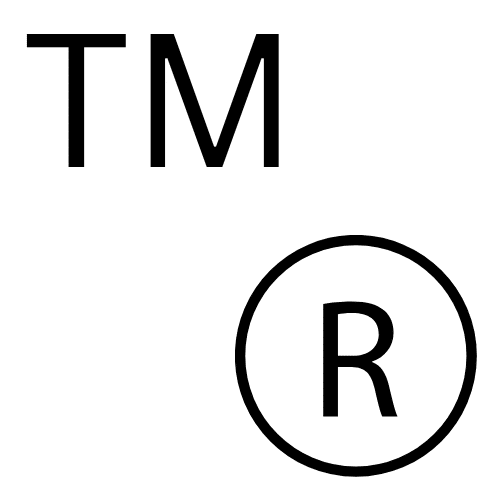 | 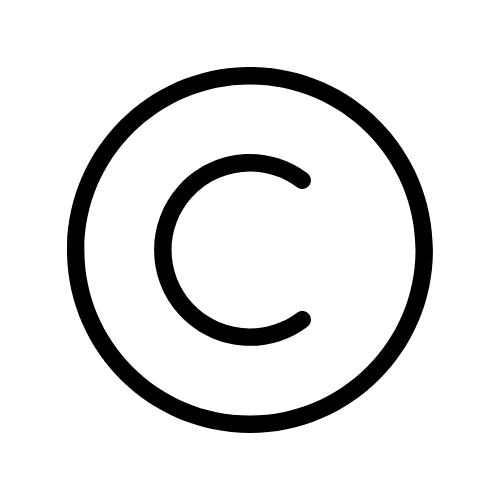 | No mark to symbolically represent. |
| Who can Apply? | Any person “claiming to be the proprietor” of the trade mark ‘used’ or ‘proposed to be used’.“ Any person” is wide enough to include any individual, company, or association of persons or body of individuals, society, HUF, partnership firm, whether registered or not, Government, trust, etc | 1. Author the creator of the work a person claiming to have obtained the ownership rights from the creator of the original work 2. The designated agent- A person authorized to act on behalf of the agent 3. Copyright Claimant; a person who has obtained the ownership rights from the author through a written contract, has been granted the owner of an exclusive right; | 1. True and First inventor of the invention – Natural Person, Other persons can be assignee or joint applicant 2. Assignee of true and first invention- Applicant is in possession of the invention |
Category | Governed under the Trademarks Act, 1999 | Governed under Copyright Act, 1957 | Governed under the Patents Act,1970 |
Term/Duration | Registration of Trademark is valid for a period of 10 years then can be renewed every 10 years perpetually. | The general rule is that copyrights last for 60 years. – – Literature – Dramatic – Musical – Artistic work The above work is considered for a lifetime also 60 years after the death of the author. – 60 years from the first date of publication : Cinematographic films Sound recordings Photographs | The term of the patent according to the amended Patent Act is 20 years from the date of patent. |
Serves | Usually serves brands | Usually serves artists and authors | Usually serves inventors |
Provisional Application | Trademark registration does not include provisional application, because it requires a trademark search | No provisional application required | A provisional application gets 12 months of time to file a complete specification and a priority date claim |
Rights | Once the trademark gets registered the applicant of the mark can claim complete rights over the said mark. Registration usually takes 12-18 months. | Exclusive rights over the copyright are created the moment the authorship creates the work | Patent registration takes about 2-3 years in all. But the owner can stop anyone else from claiming right over a particular patent the moment he applies for a provisional patent. |
Conclusion
Intellectual Property Rights (IPR) have significantly evolved over the years, encompassing a wide range of protections for creators and inventors. In India, the three primary types of IPR are copyrights, trademarks, and patents. Trademarks are crucial for distinguishing the products and services of one business from those of others. A trademark can be a word, phrase, symbol, or design, and its protection helps maintain brand identity and consumer trust.
Copyrights safeguard original works of authorship, including literary, musical, dramatic, and artistic creations, as well as software. This protection ensures that creators retain control over their works and can benefit from them. Patents provide inventors with exclusive rights to their inventions, preventing others from making, using, or selling the invention without permission. This incentivizes innovation by allowing inventors to capitalize on their creations.
Looking for expert help with Trademark Registration? Let Registration Arena simplify the process and guide you every step of the way to secure your trademark in India!
